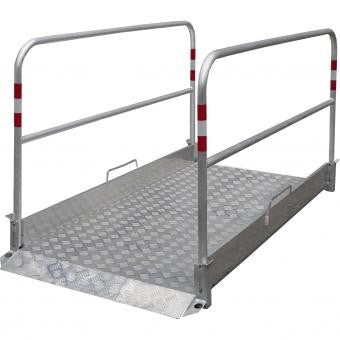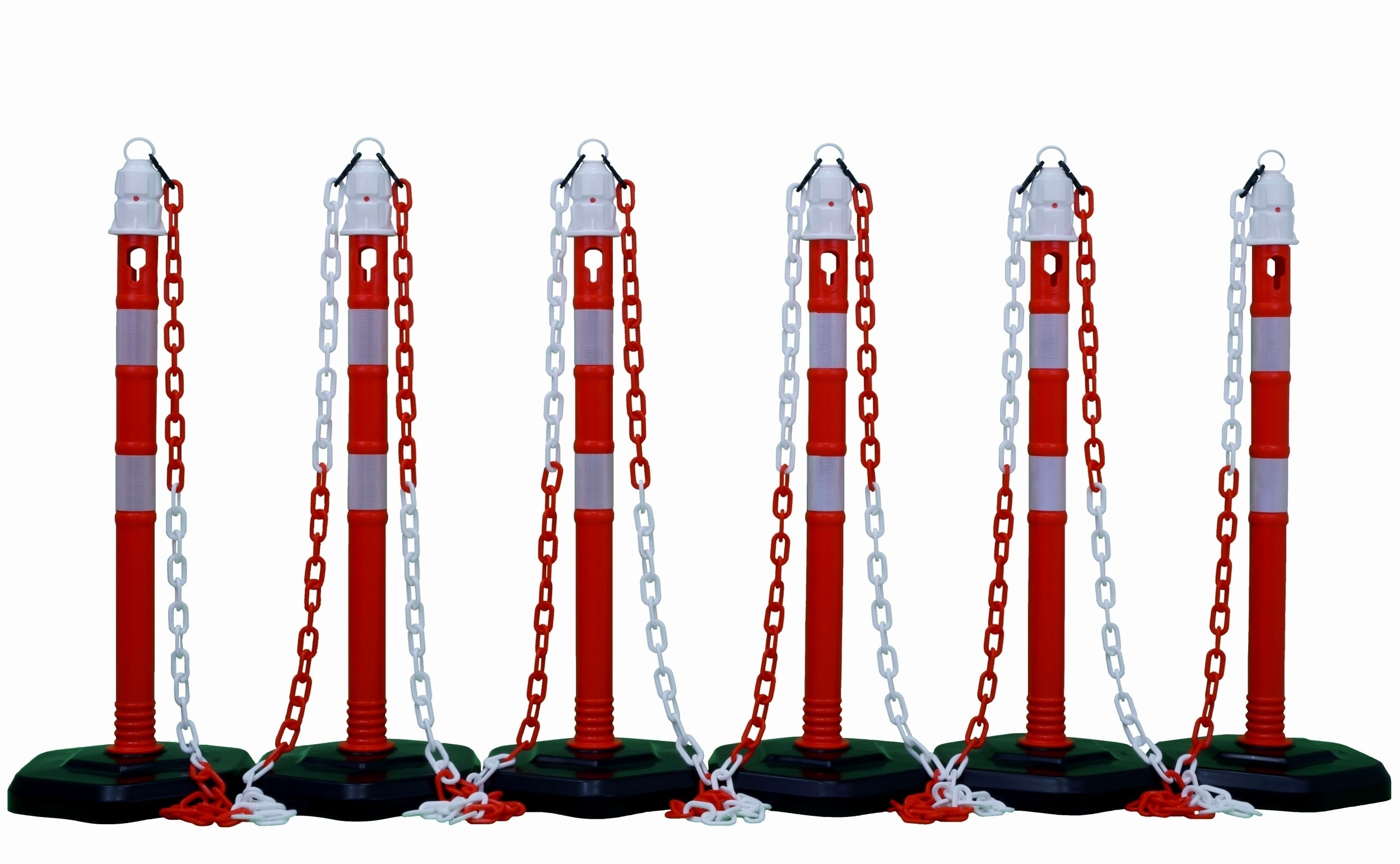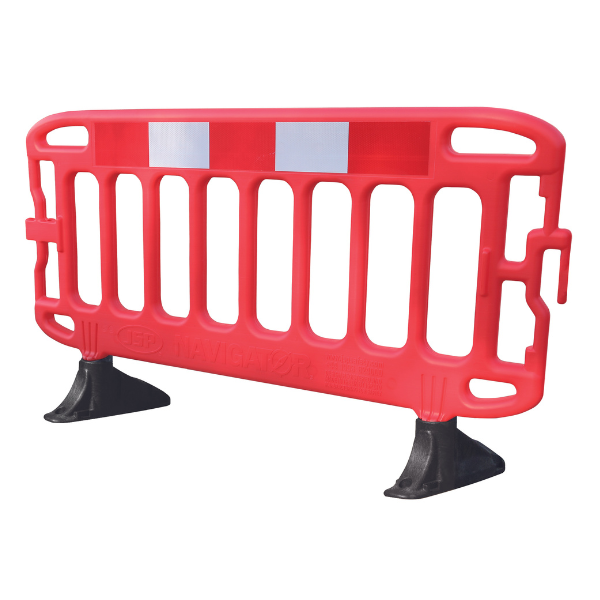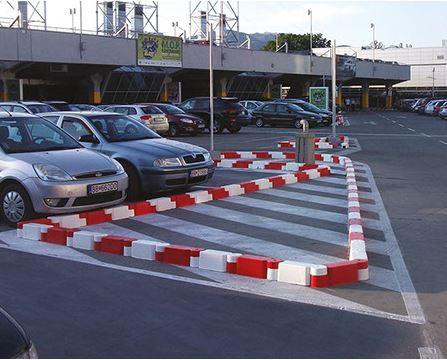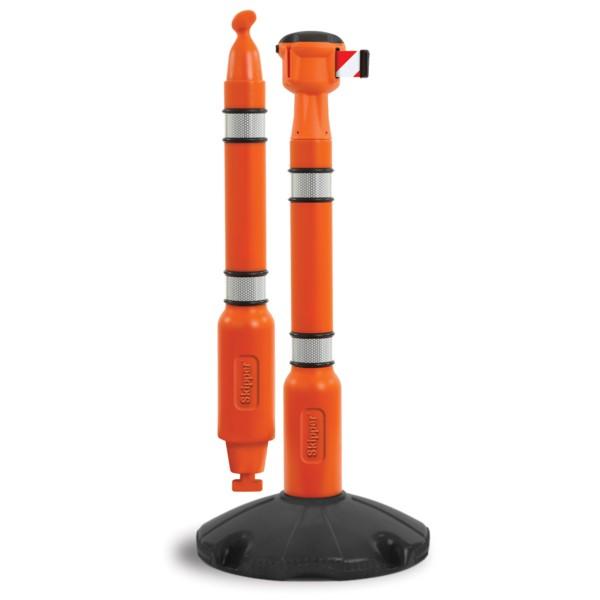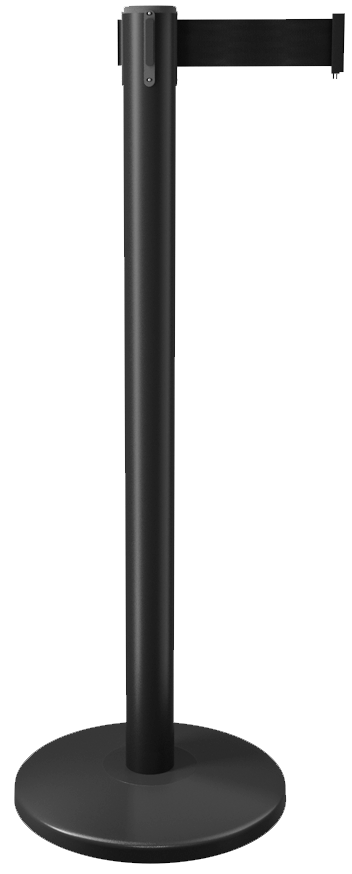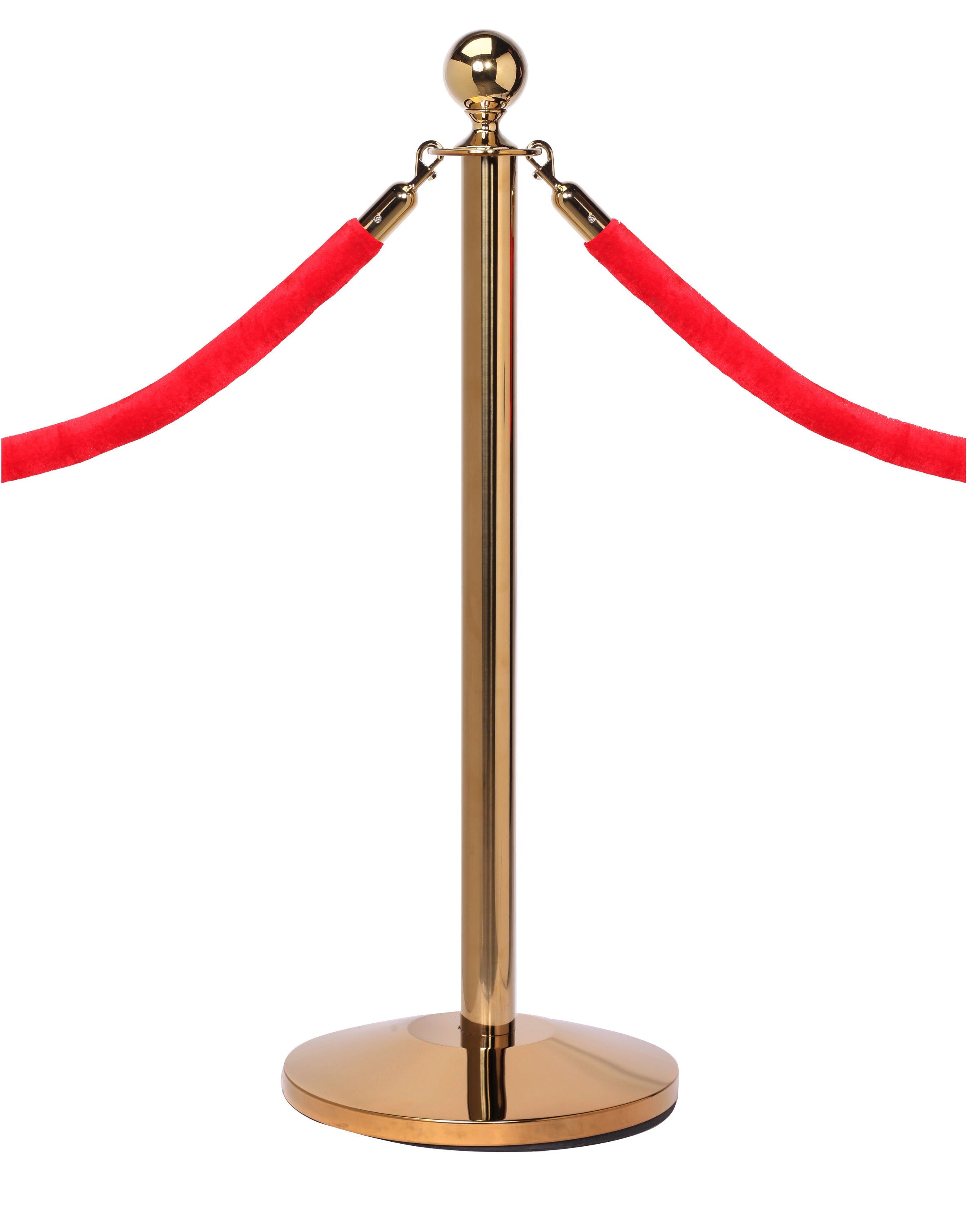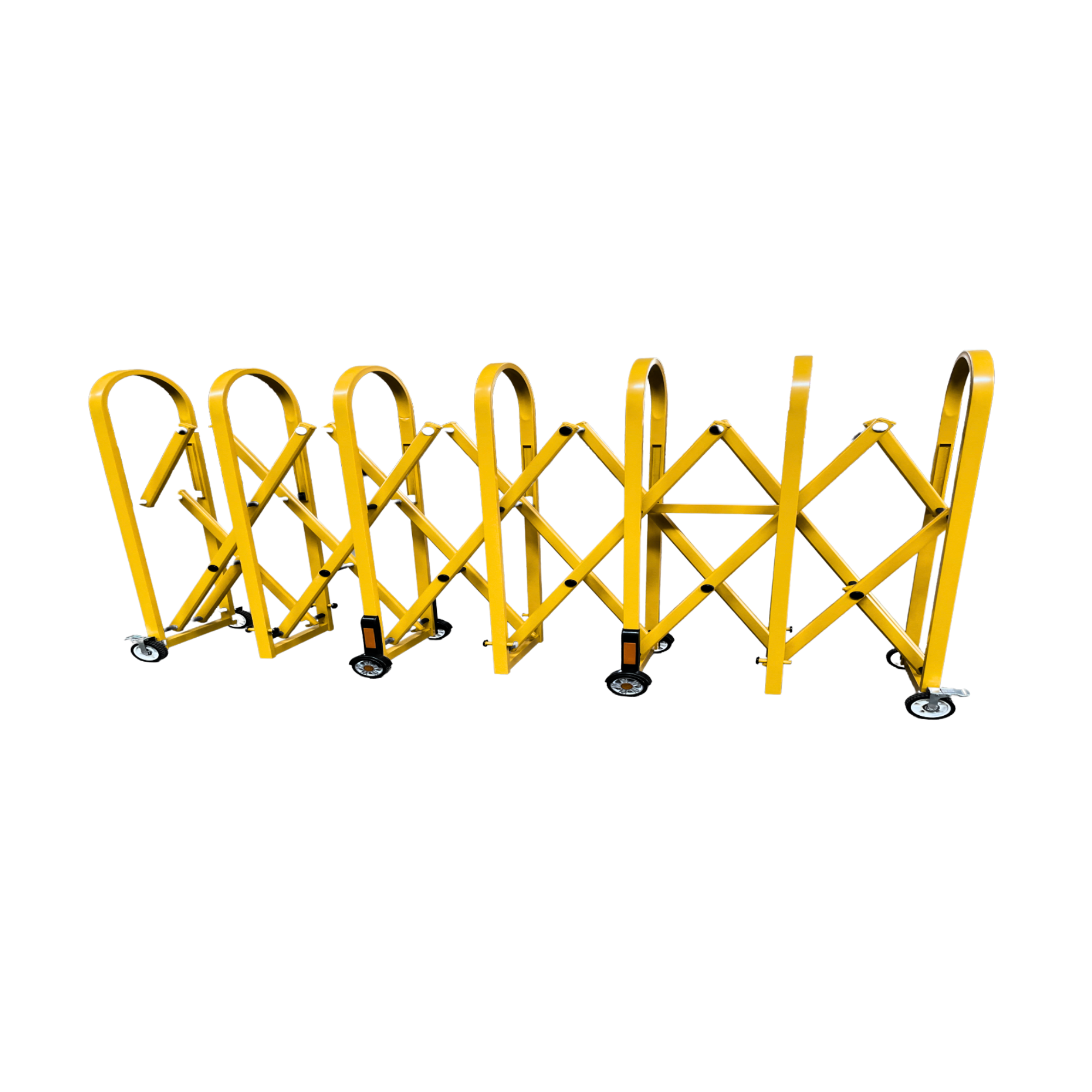Portable Barriers
Portable Barriers designed for quick and easy deployment in traffic management and crowd control. Lightweight, durable, and ideal for versatile use in any setting.
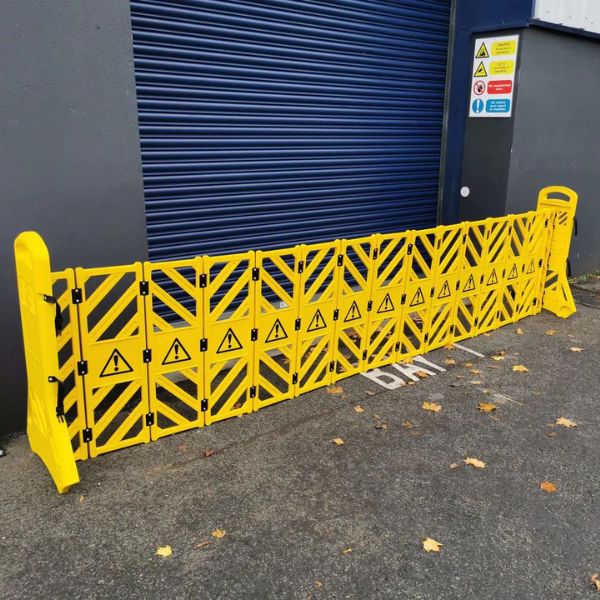
SKU: 727320
Pittman®
GHP Portable Barrier
Sale price£279.50ex VAT
High Maneuverability; Expands Fully to 3.85m
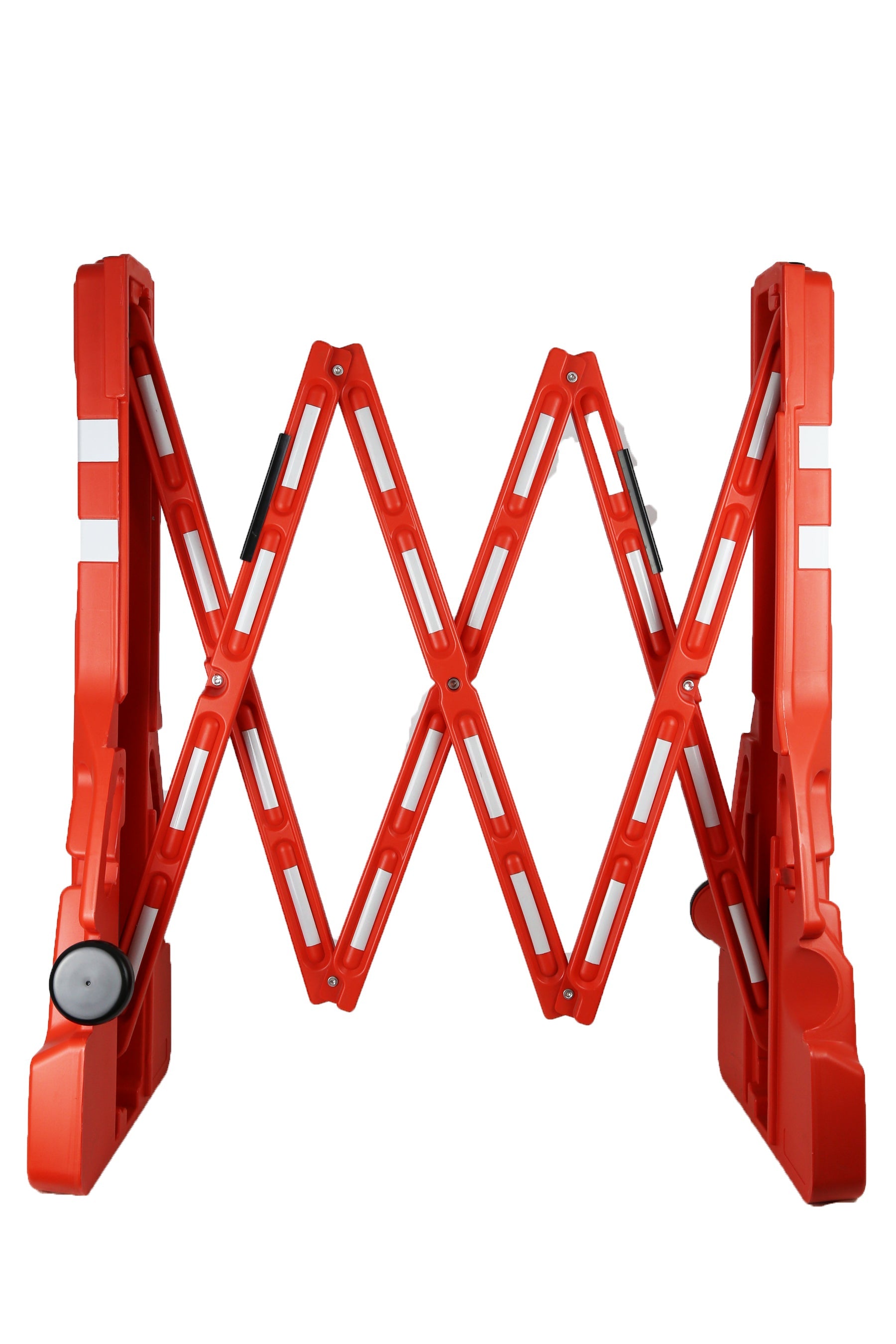
SKU: 763657
PITTMAN® UK
Ultra Portable Barrier
Sale price£149.50ex VAT
Water Fillable - Expands to 2.2m
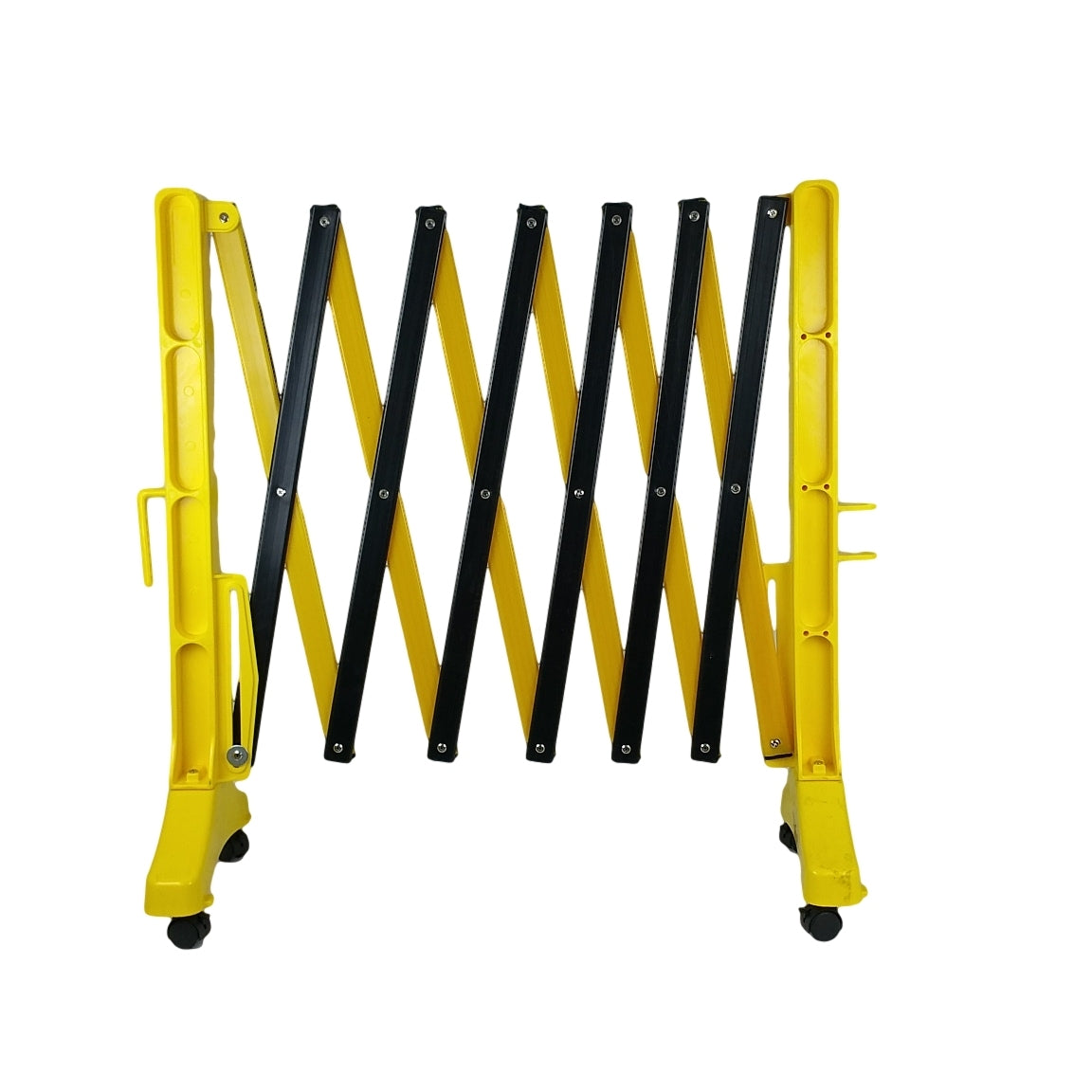
SKU: 763656
Pittman®
Terminal Expandable Barrier
Sale price£99.50ex VAT
For Indoor Use - Expands to 3.4m
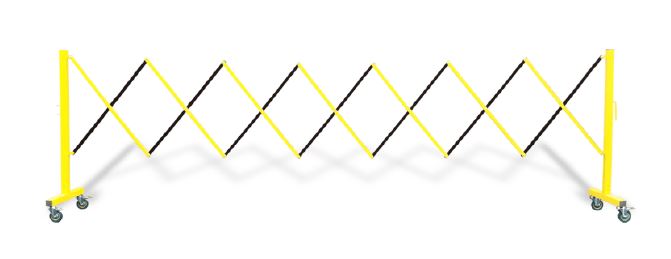
SKU: 712126
Queue Solutions
FlexPro 110 Expandable Barrier
Sale price£158.00ex VAT
Steel and Aluminium Design - Expands to 3.5m
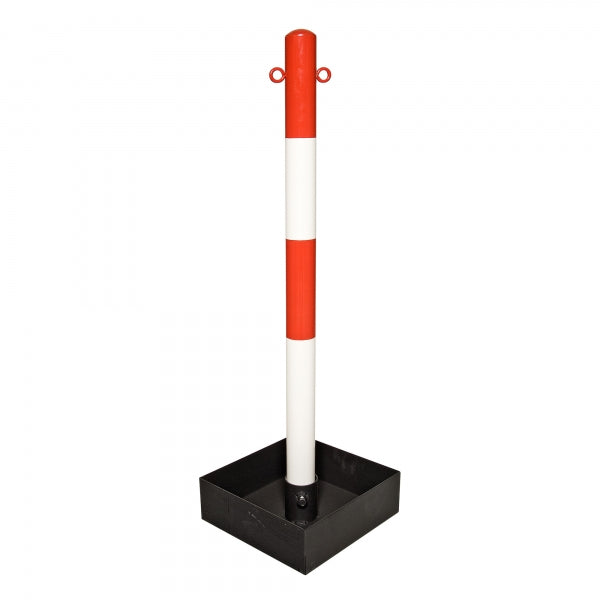
SKU: 752730
Moravia
Extern Chain Post
Sale priceFrom £75.00ex VAT
Alternative Chain Post For Temporary Use
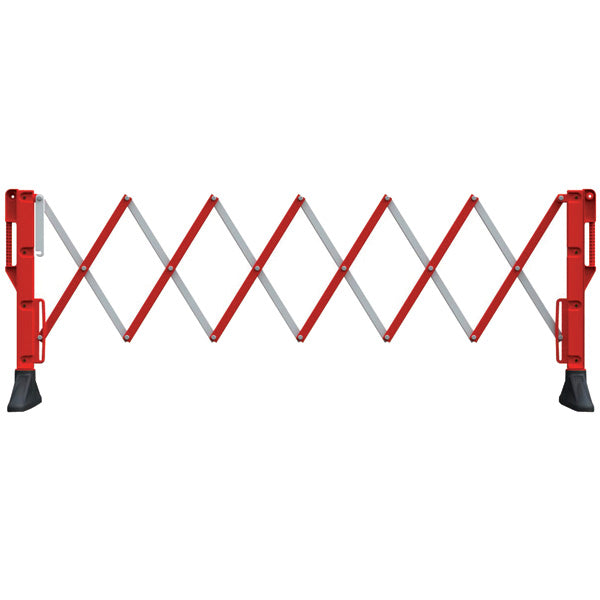
SKU: 899477
JSP
JSP Titan® Expanding Barrier
Sale price£169.00ex VAT
High Stability - Suitable in Wind or on Rough Ground. Expands to 3.3m
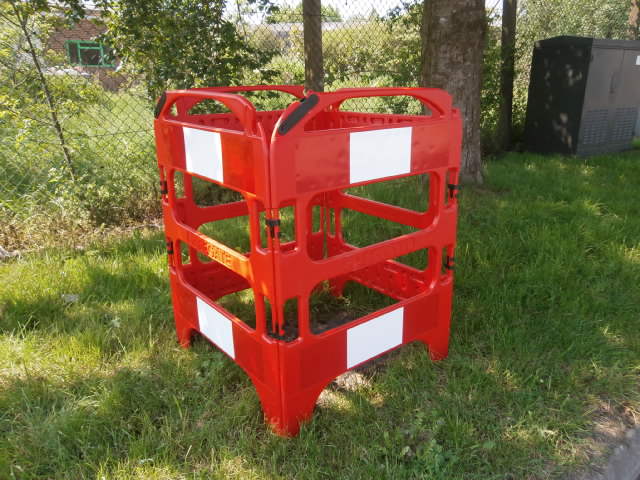
SKU: 762153
Oxford Plastics
Safegate Manhole Barrier
Sale priceFrom £156.99ex VAT
Protect Pedestrians from Open Groundworkds

SKU: 712127
Queue Solutions
FlexPro 160 Expandable Barrier
Sale price£216.00ex VAT
Our Widest Expandable Barrier - Expands to 4.8m
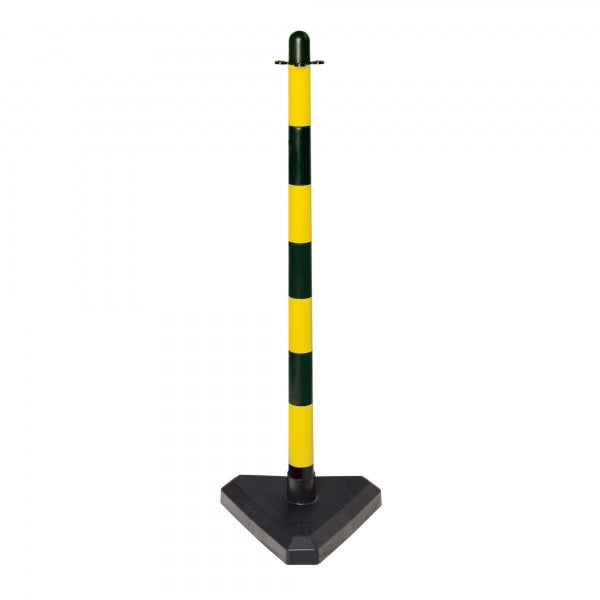
SKU: 752720
Moravia
Guarda Chain Post
Sale priceFrom £10.00ex VAT
Create Your Own Chain Set With Individual Posts





